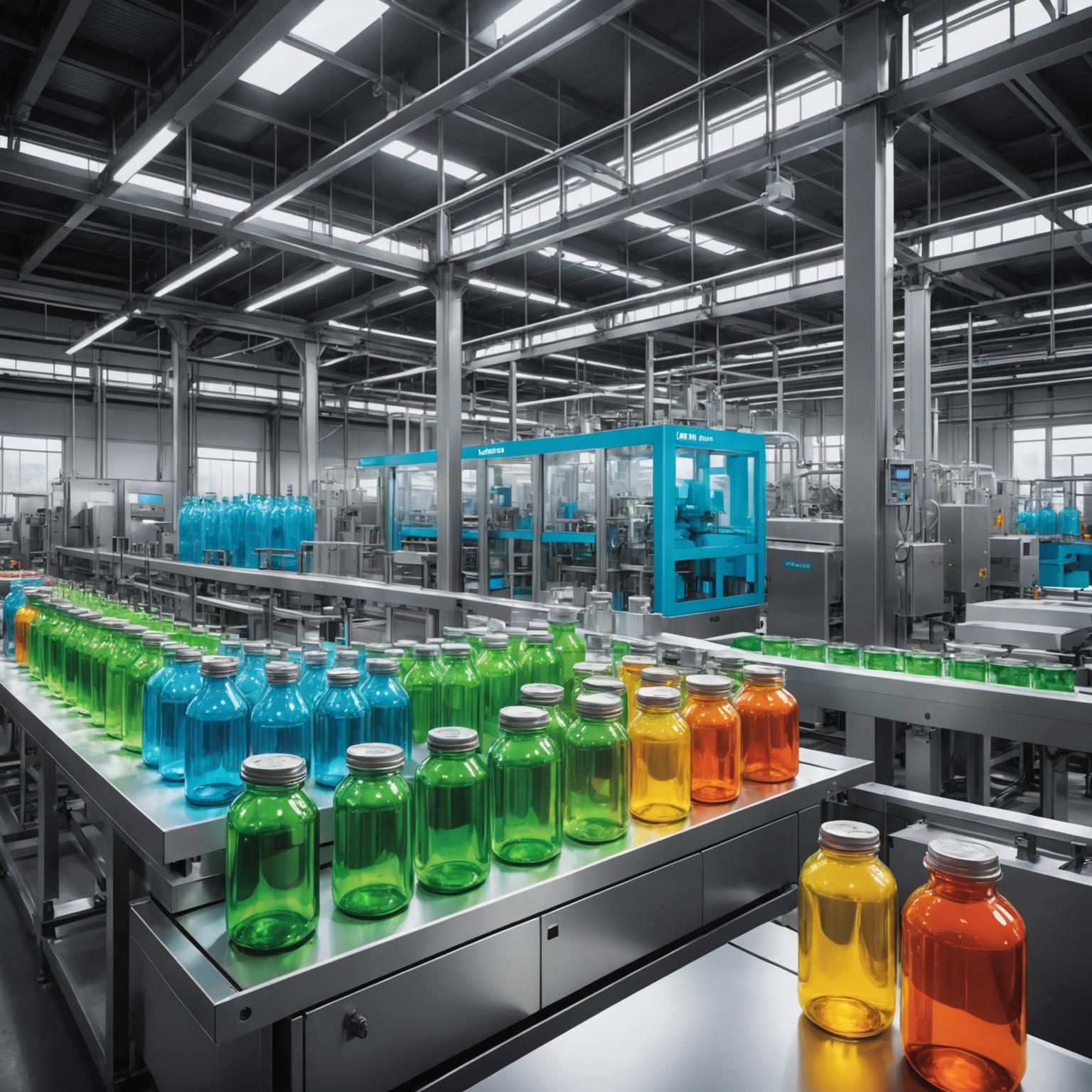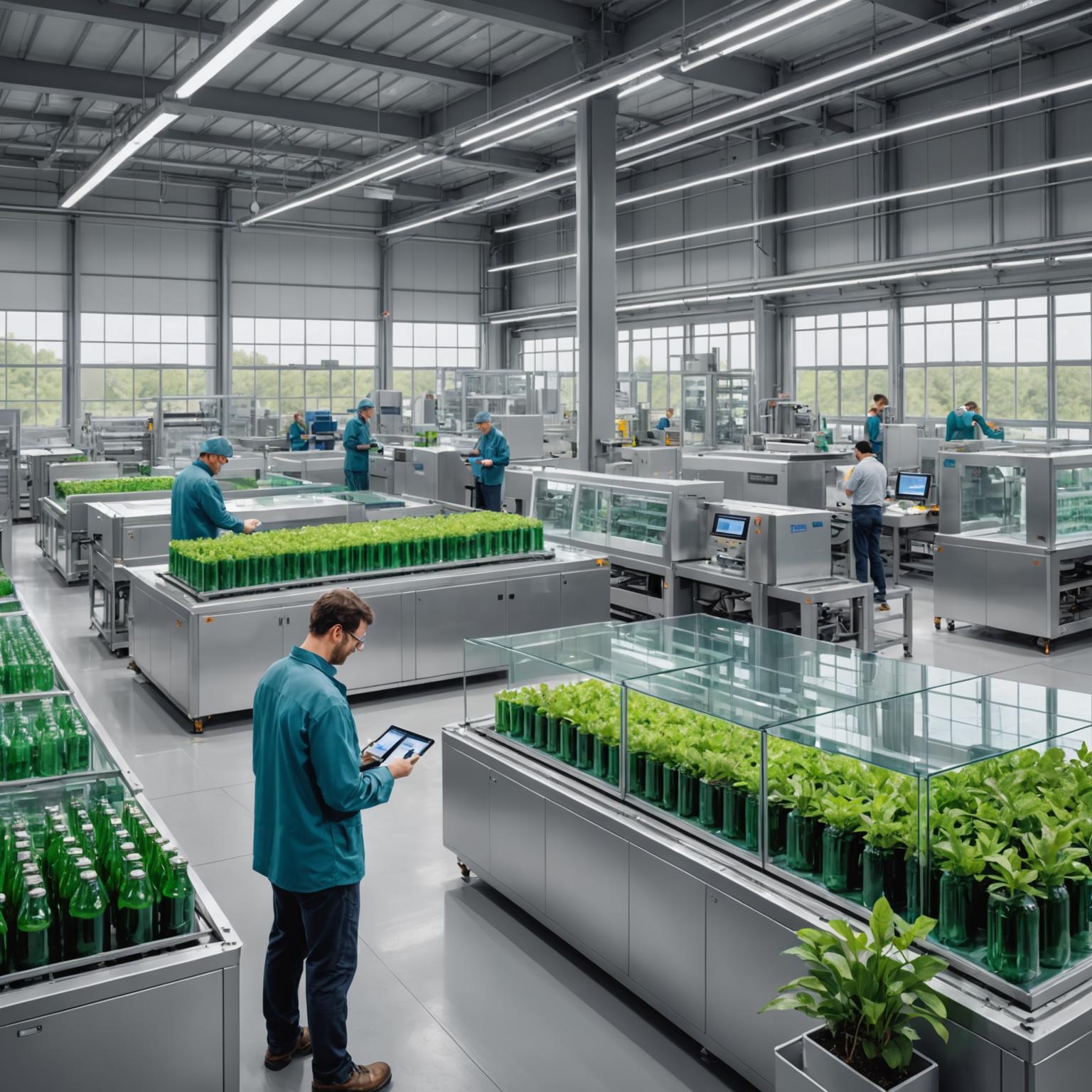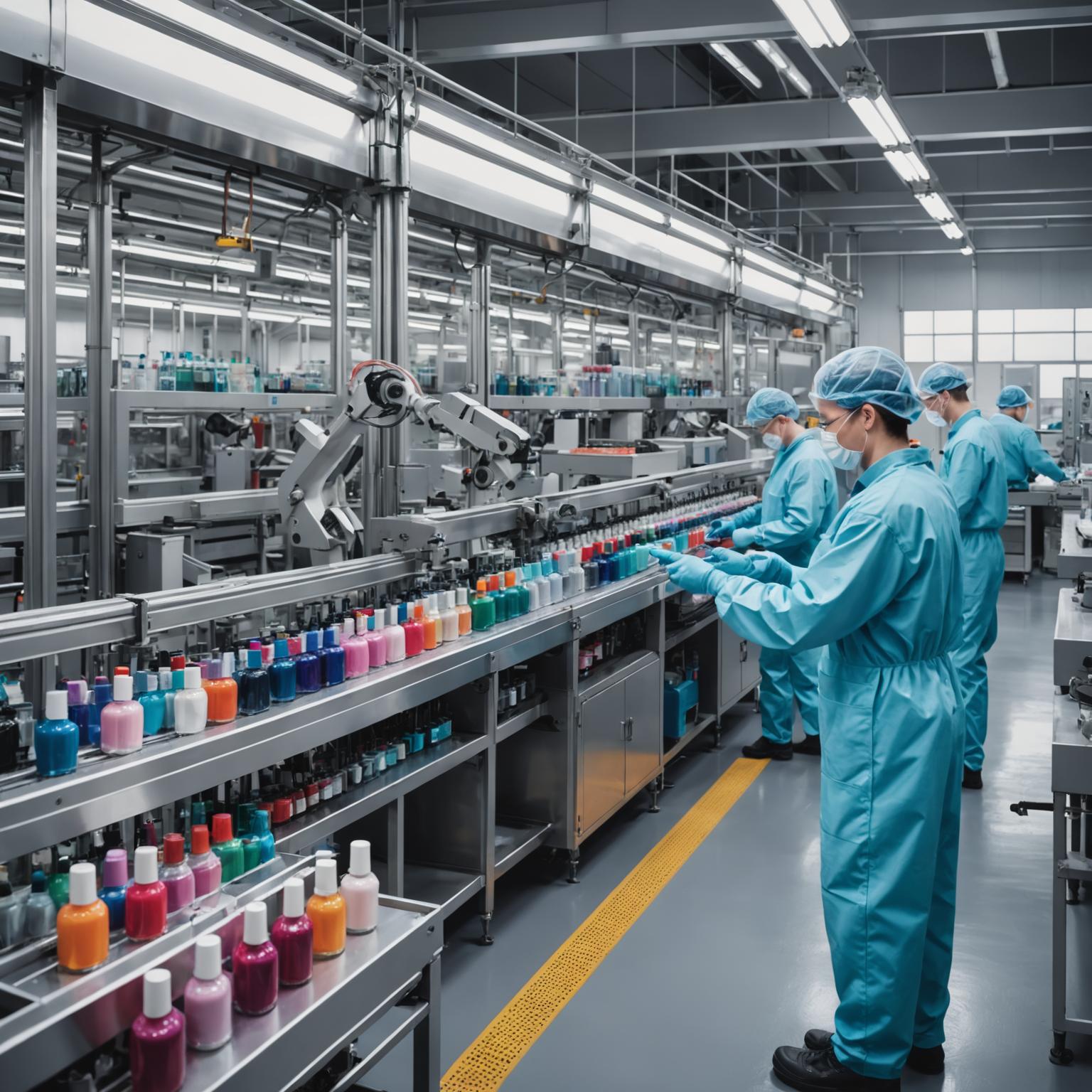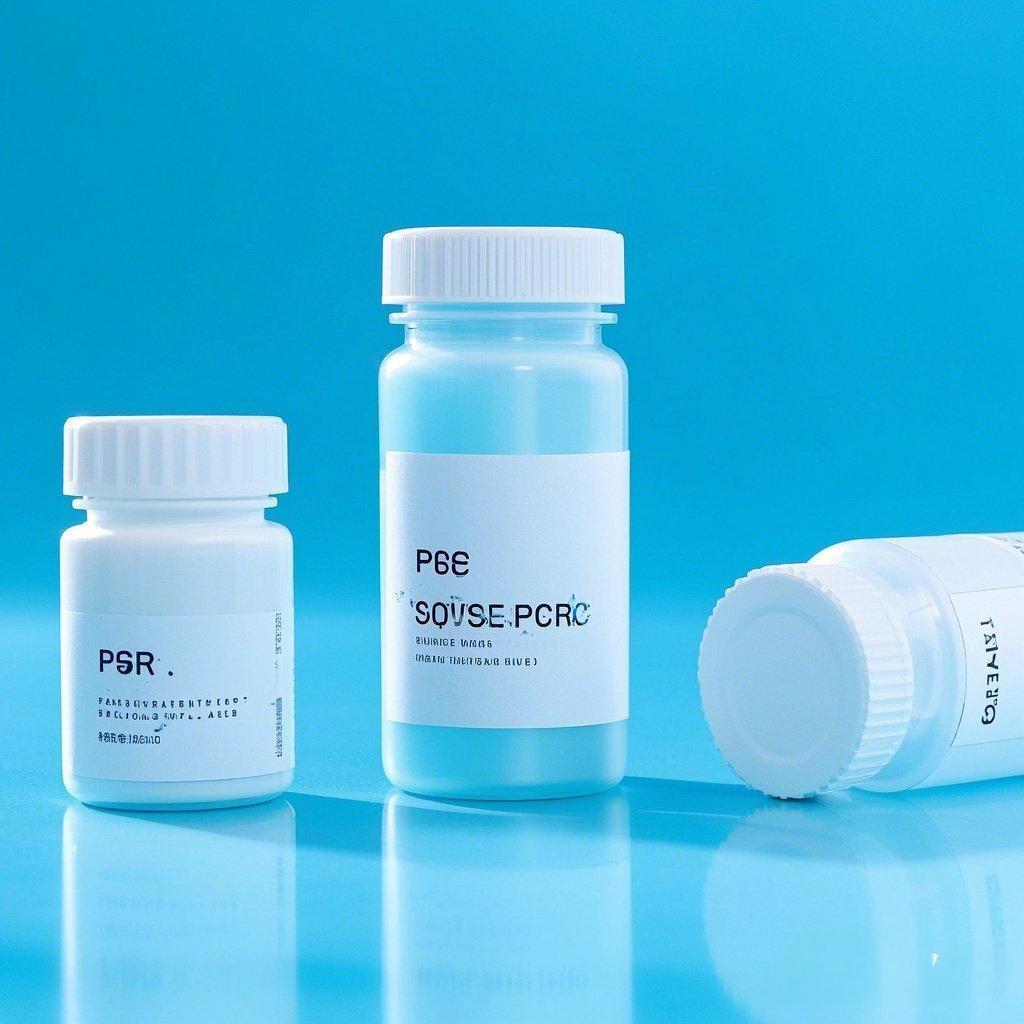Understanding the Role of Glass Packaging in Today's Market

In a world increasingly driven by sustainability and innovation, glass packaging has emerged as one of the most effective and eco-friendly solutions for a wide range of industries. Glass has been trusted for centuries, offering a perfect balance of functionality, aesthetic appeal, and environmental advantages. Whether it’s for food, beverages, cosmetics, or pharmaceuticals, its application continues to evolve in exciting ways. Today, businesses and consumers alike find significant value in this material because of its recyclability and ability to preserve product integrity.
One of the key reasons behind the popularity of glass is its role in sustainable packaging solutions. As concerns over climate change and waste management increase, more businesses are seeking alternatives to single-use plastics. Glass, being 100% recyclable without loss of quality, serves as a sustainable packaging option that aligns with eco-conscious consumer preferences. Furthermore, the integration of advanced technologies enhances the future of glass packaging, making it an intelligent choice for modern-day requirements.
The Shift Toward Sustainable Packaging Solutions
Sustainability has become a driving force in consumer purchasing decisions, and glass packaging is at the forefront of this transformation. Unlike other materials that degrade during recycling, glass can be recycled repeatedly without compromising its quality, therefore conserving resources. This process not only reduces the energy required to produce new glass but also cuts down on greenhouse gas emissions. Globally, industries are adopting glass packaging as part of their commitment to eco-friendly practices.
Another significant aspect of glass is its inert nature. It doesn’t react chemically with the product inside, making it ideal for storing food and beverages. This property ensures the product maintains its original flavor, nutritional value, and shelf life, further enhancing consumer satisfaction. Glass packaging meets the dual need of sustainability and efficacy, creating opportunities for businesses to stand out in competitive markets.
Moreover, the durability and elegance of glass make it a premium packaging option. The shift toward glass isn’t merely about environmental concerns; it also reflects a desire for high-quality and aesthetically pleasing packaging. From artisanal jams in uniquely shaped jars to high-end perfumes in delicately designed bottles, glass conveys quality and care.
Integrating Smart Technology Into Glass Packaging
As technology continues to advance, glass packaging has not been left behind. Smart technology integration in packaging is transforming how consumers interact with products. Many companies are now embedding QR codes, NFC (Near Field Communication) tags, and even RFID (Radio Frequency Identification) tags into their glass bottles and jars. This trend enables consumers to access a wealth of information about the product’s origin, nutritional content, or sustainability initiatives with just a scan.
For instance, a wine bottle with an embedded QR code can provide details about the vineyard, recommended food pairings, or even offer augmented reality experiences. With technology like NFC, brands can update the information provided to the consumer in real time. Additionally, this digital interactivity provides enhanced brand transparency, winning the trust and loyalty of modern customers who demand more accountability from the companies they support.
Technology also introduces smart features in terms of temperature monitoring and freshness indicators. For example, smart glass bottles can now be designed to change color based on the coldness of the beverage, signaling the optimal temperature for consumption. This not only adds a layer of convenience but also elevates the overall customer experience.
The Environmental and Economic Benefits of Glass Packaging
Beyond its stylish and functional utility, the environmental benefits of glass packaging cannot be overstated. It’s a material that aligns perfectly with the global movement toward reducing waste and promoting circular economies. Glass recycling systems have become more sophisticated in many countries, ensuring that discarded packaging is efficiently processed and reused.
Economically, businesses also stand to gain by transitioning toward glass packaging. While the initial costs of production may be higher compared to plastic, the long-term benefits far outweigh these costs. Consumers are willing to pay a premium for sustainable and high-quality products, giving brands using glass packaging a competitive edge. Moreover, governments and organizations worldwide are offering incentives for adopting sustainable practices, making it a financially viable option for companies.
For companies, using glass for packaging can also reduce expenses related to food spoilage or contamination. Glass provides an airtight seal, effectively preserving product quality. In industries such as pharmaceuticals, this level of safety and reliability is paramount.
How Businesses Can Embrace Glass in Packaging Strategies
To fully harness the potential of glass packaging, businesses need to adopt a holistic approach that combines sustainability with innovation. This can start with replacing single-use plastic packaging with glass alternatives. Partnering with suppliers who are committed to green manufacturing practices further ensures a minimal environmental footprint.
It’s also essential to educate consumers on the benefits of glass packaging. Clear communication through labels, advertisements, or digital media can highlight its recyclability, safety, and premium appeal. Additionally, leveraging smart technology can amplify the advantages of glass, creating a seamless and interactive experience for buyers.
Businesses can also explore creative designs that set their products apart. Unique, intricate glass packaging designs not only improve perceived value but also make products Instagram-worthy. Such innovative approaches can boost brand visibility and awareness across social media platforms.
The Future of Glass Packaging
As the push for sustainability intensifies, the future of glass packaging looks promising. Manufacturing processes are becoming more energy-efficient, and recycled glass or cullet is being increasingly incorporated to produce new glass items. Many industries are also collaborating with research institutions to develop lightweight glass, further reducing transportation and material costs without compromising durability.
Smart technology is likely to play an even greater role in shaping the trajectory of glass packaging. As connectivity becomes the norm, we may see glass packaging embedded with even more intuitive features, offering greater convenience and utility to end-users. Additionally, policy changes and regulations aimed at reducing single-use plastics will push industries to opt for more eco-friendly alternatives like glass.
By embracing glass packaging today, brands position themselves as forward-thinking and responsible, gaining a positive corporate image while contributing to a sustainable future. Whether it’s through sustainable packaging solutions or smart technology integration, glass packaging offers a perfect platform for innovation, efficiency, and environmental stewardship.
In conclusion, glass packaging is more than just a container. It’s a versatile, durable, and sustainable solution capable of meeting the demands of modern consumers and businesses. With the world gravitating toward greener and smarter choices, glass packaging stands out as a pivotal element in shaping a sustainable and innovative future for various industries.




![Top 10 Child Resistant Packaging OEM Suppliers in the World [2025 Updated]](https://ptwebimg.pinshop.com/i/2025/06/03/12ia6eq-3.jpg)





